Ping Lin
Automatic Recognition of Landmarks on Digital Dental Models
Dec 23, 2020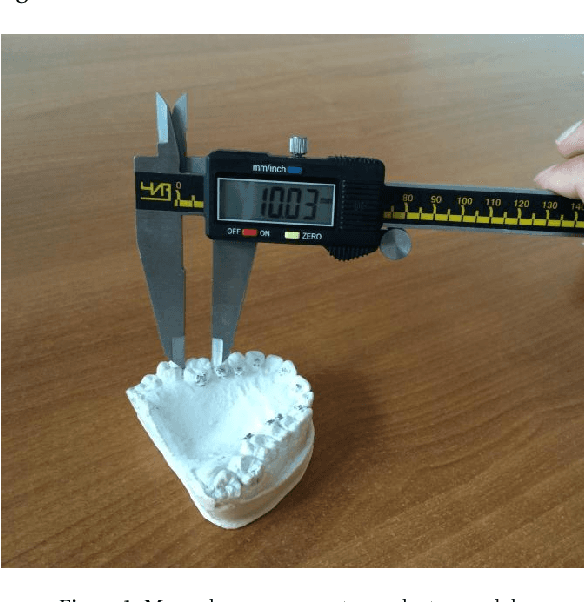
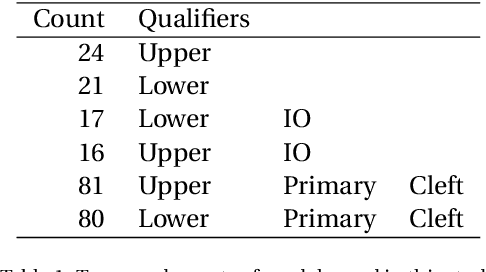
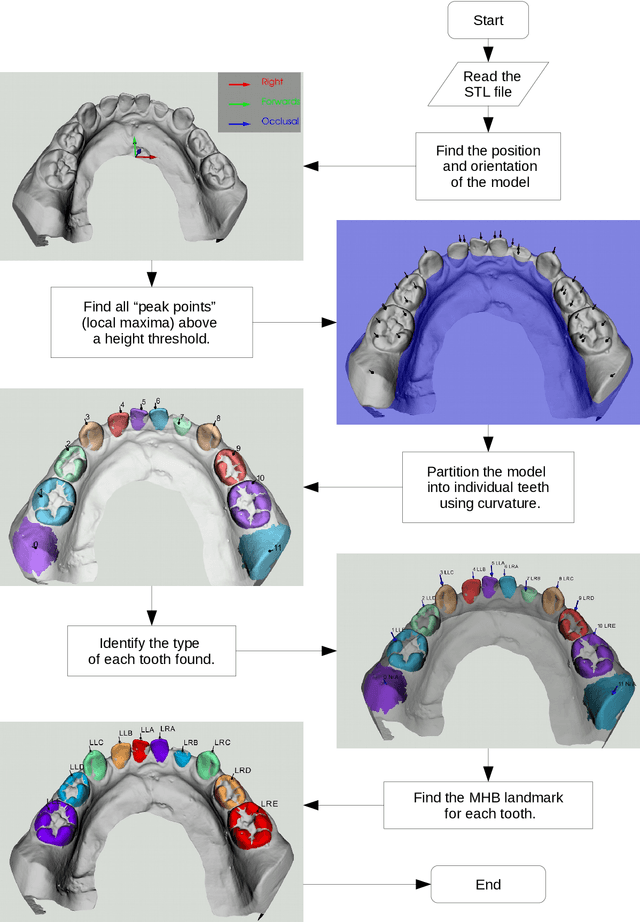
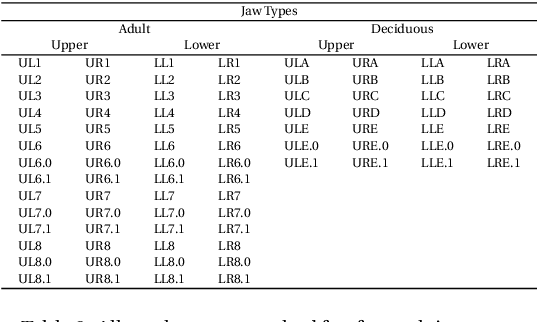
Abstract:Fundamental to improving Dental and Orthodontic treatments is the ability to quantitatively assess and cross-compare their outcomes. Such assessments require calculating distances and angles from 3D coordinates of dental landmarks. The costly and repetitive task of hand-labelling dental models impedes studies requiring large sample size to penetrate statistical noise. We have developed techniques and software implementing these techniques to map out automatically, 3D dental scans. This process is divided into consecutive steps - determining a model's orientation, separating and identifying the individual tooth and finding landmarks on each tooth - described in this paper. Examples to demonstrate techniques and the software and discussions on remaining issues are provided as well. The software is originally designed to automate Modified Huddard Bodemham (MHB) landmarking for assessing cleft lip/palate patients. Currently only MHB landmarks are supported, but is extendable to any predetermined landmarks. This software, coupled with intra-oral scanning innovation, should supersede the arduous and error prone plaster model and caliper approach to Dental research and provide a stepping-stone towards automation of routine clinical assessments such as "index of orthodontic treatment need" (IOTN).
Generative Adversarial Network with Multi-Branch Discriminator for Cross-Species Image-to-Image Translation
Jan 24, 2019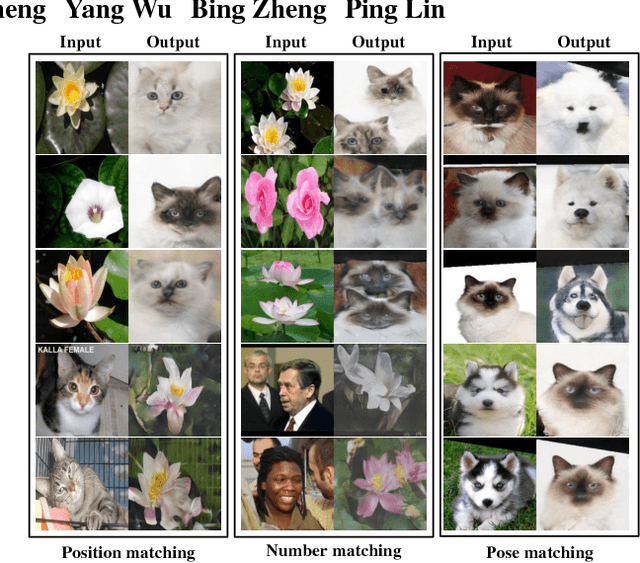
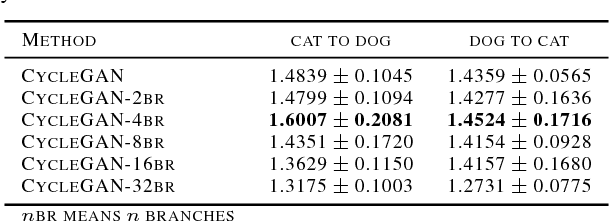
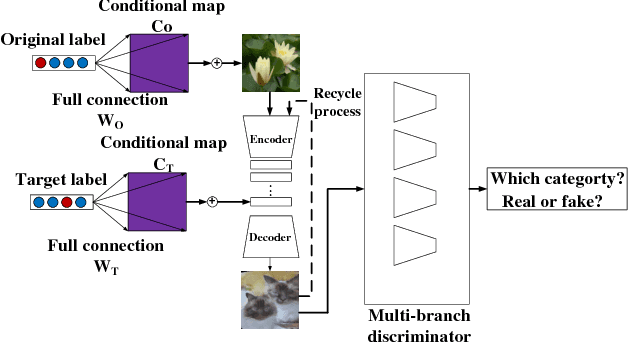
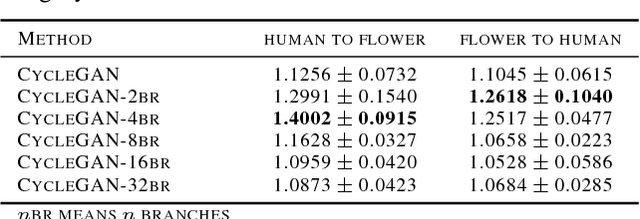
Abstract:Current approaches have made great progress on image-to-image translation tasks benefiting from the success of image synthesis methods especially generative adversarial networks (GANs). However, existing methods are limited to handling translation tasks between two species while keeping the content matching on the semantic level. A more challenging task would be the translation among more than two species. To explore this new area, we propose a simple yet effective structure of a multi-branch discriminator for enhancing an arbitrary generative adversarial architecture (GAN), named GAN-MBD. It takes advantage of the boosting strategy to break a common discriminator into several smaller ones with fewer parameters, which can enhance the generation and synthesis abilities of GANs efficiently and effectively. Comprehensive experiments show that the proposed multi-branch discriminator can dramatically improve the performance of popular GANs on cross-species image-to-image translation tasks while reducing the number of parameters for computation. The code and some datasets are attached as supplementary materials for reference.
 Add to Chrome
Add to Chrome Add to Firefox
Add to Firefox Add to Edge
Add to Edge